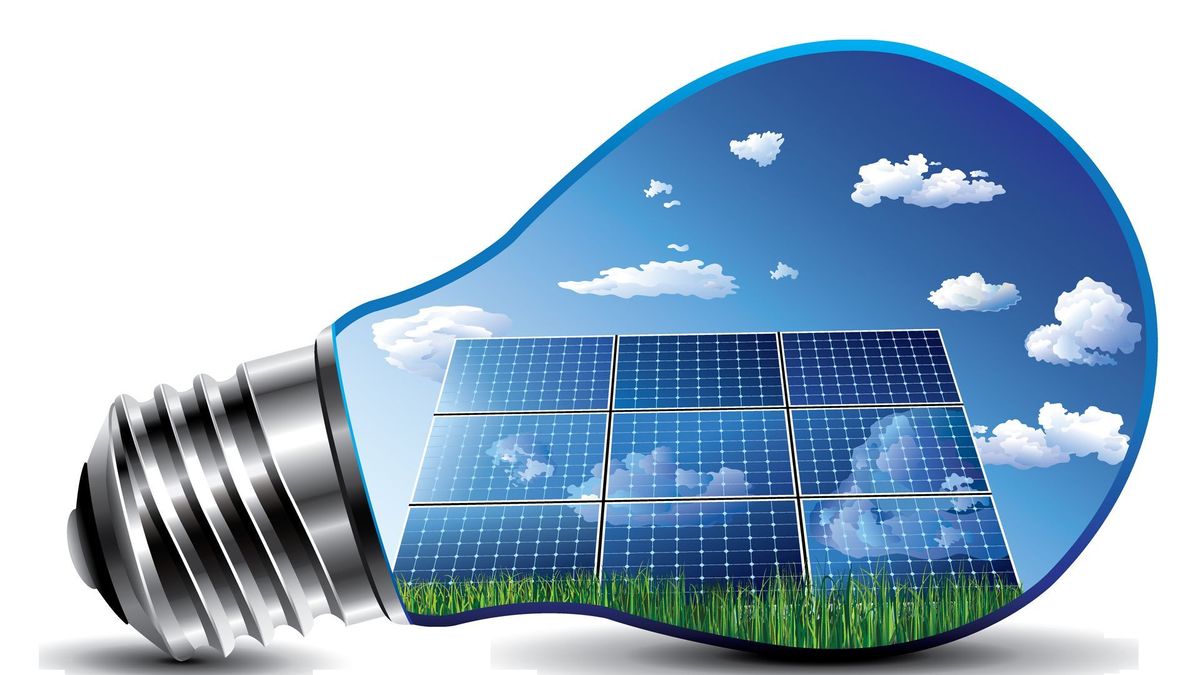Solar Energy - What if you could harvest the sun?

Farming as a Solution
AGPROfessionals
Jordan Energy is a solar developer and financier with experience supporting national solar programs and partnerships in more than 20 states. Jordan Energy has partnered with Dairy Farmers of America to bring solar opportunities to the dairy industry. AGPROfessionals is continually looking for opportunities for our dairy partners to advance in technologies and the newest innovations. AGPROfessionals is excited to work with Jordan Energy to bring solar innovations to the dairy industry.
Consider Solar Energy to Strengthen Your Farm Business
More than any other profession, farmer's lives revolve around the weather. The most important stabilizing element of nature to assure steady results is the sun. A new stabilizing component of the sun’s impact on farms is emerging with the growth of solar energy. As solar panel manufacturing has ramped up around the world, prices have declined dramatically. The long-term price implications suggest that solar will be the cheapest form of energy in all markets, it is only a matter of time. In fact, it already is the cheapest electric power in many locations.
This points to opportunity that solar presents for farmers like you. Basically, generating solar energy requires the sun, solar equipment, and the space to locate that equipment. Farmers own, control, or work more space (land) than any other profession. Whether your under-utilized space is rooftops, marginal farmland, or other unused land area, considering solar energy for those spaces can generate significant benefits for your farm.
AGPROfessionals is here to help you better understand how solar works and what the process looks like.
How can solar work for my business?
The first benefit of owning solar is reducing your energy costs. Solar systems produce for over 30 years with modest maintenance, so it is a long-term investment! The upfront cost of purchasing a solar system is offset by the 26% federal investment tax credit, depreciation tax benefit, and grants for renewable energy. Over time, energy savings on your utility bill will pay off the remaining balance of the system. Payback typically ranges from 5-10 years depending on your system size and location. The energy produced by the solar system will be extremely low-cost for the remainder of its life. This can result in a levelized cost of energy that is over 50% lower than what you are paying now. Solar panels have warranties that last up to 30 years, so you can be confident that this truly is a long-term investment in energy cost reduction.
While reducing energy costs is an initial objective, some farmers have generated lease revenue or sold power to others using under-utilized land on their farm. For example, a utility provider may be looking to increase the amount of renewable energy in their portfolio by installing their own solar array. If you have land near a substation in utility territory, it could be an ideal location for solar – and you would benefit accordingly by leasing that land. The ability to generate lease revenue or sell power to others is highly dependent on your location and your current utility provider. There are many potential scenarios where you can benefit, so exploring solar provide you with a better understanding of your options. Revenue diversification from solar, like the examples above, is an opportunity to strengthen farm economics.
What does the process of exploring solar look like?
The process is straightforward, taking a matter of weeks from start to finish. Your previous 12-months of energy bills and an initial conversation about how solar might fit into your farm operations are enough to generate a preliminary analysis and quote.
Continued interest at this stage will allow your solar design to be refined based on details from a site visit and further input from your team. When you are ready to move forward with the finalized design, we will present you with a contract and discuss financing options. After contract signing, the formal installation process starts with permitting, utility interconnection, and construction before your solar system starts generating electricity.
Interested in more details? Check out this case study from Newtrient about a Massachusetts-based dairy farmer whose farm nets $150,000 a year from solar.
If you would like to start a one-on-one dialogue about solar opportunities, reach out to Jake Yurek, COO, Jordan Energy 312-358-5085 or AGPROfessionals, 970-535-9318.
